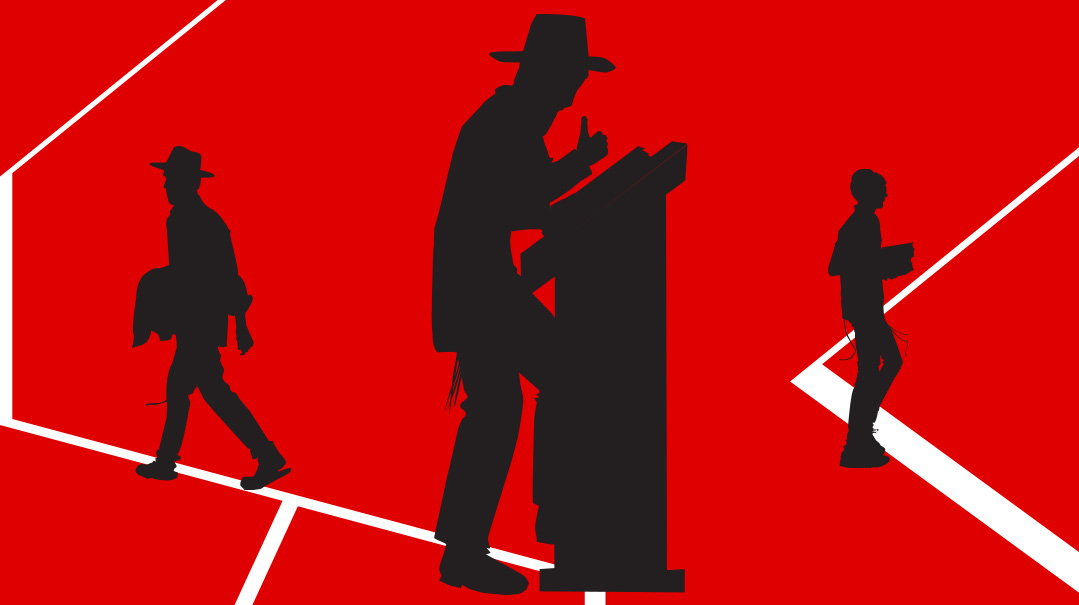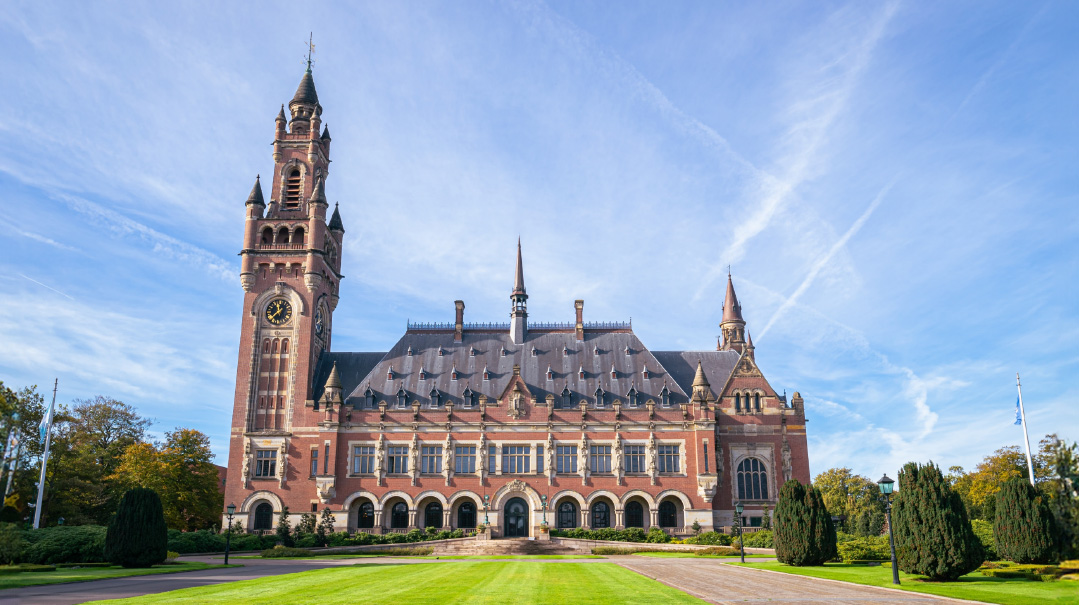Trump Treads on the Fed


H
ow do interest rates affect the economy?
The rate of interest is what a lender charges a borrower for the use of funds. Low interest rates encourage borrowing, which makes more money available at cheap prices for businesses to expand and hire, and for consumers to purchase expensive items that power the economy, such as homes and cars. Rising interest rates, aside from making those investments and purchases more expensive, also inject a level of uncertainty into the economy that increases the risk for long-term investors.
Does that explain why rising interest rates make the stock market go down?
In part, yes. For most of the past decade, interest rates have been so low that people couldn’t earn any interest on bank deposits, so a soaring stock market was the only game in town. Now with rates on safer instruments such as CDs and US treasuries rising, and seemingly headed higher, more investors will be tempted to lock in the guaranteed yields, making stocks far less attractive.
Is that what made the stock market plummet last Wednesday and Thursday, or did Trump’s remarks shake the market?
Major investors, like poker players, don’t like to tip their hand, so they often hide behind a pretext that masks their real decision-making processes. When the stock market as measured by the Dow Jones Industrial Average fell more than 1,300 points, or about 6%, in two days, it was more of a reflection on investors taking profits, protecting their principal, and rebalancing their portfolios to position themselves for better returns, than a reflection on anything the president said.
Yet much of the criticism of Trump came from the very Wall Street sector that bestows adulation on him over the 27% rise in the stock market since he took office. Doesn’t this validate the criticism?
Yes, there is validity to the criticism, even if Trump’s remarks were only a pretext for the selloff that would have occurred anyway. Interest rates, which fell to zero in December 2008 in the wake of the financial market collapse, couldn’t have stayed at zero forever. Obama’s Fed chair, Janet Yellen, raised the Fed funds rate five times in quarter-percentage-point increments during her last two years in office, from December 2015 to December 2017. Her successor, Jerome Powell, is a Trump appointee, and in the six months since he assumed the post, he has raised rates three times.
“The Fed would be hard pressed not to raise rates in the current circumstances,” says economist John Cochrane, a senior fellow at the Hoover Institution at Stanford University. “In a boom, interest rates will rise — more people want to borrow to invest. Somewhat higher interest rates are a normal and natural sign of a healthy economy.”
What is the Fed funds rate, and how does it impact me?
It doesn’t impact you directly. Each bank is required to keep a fixed percentage in “reserves” of the money it has on deposit, either in its vaults or at a local Fed branch, to ensure it has enough cash on hand to satisfy customer withdrawals. When a bank falls below that percentage, it must borrow from another bank. The Fed funds rate is the interest one bank charges another for this type of loan, which is usually never more than an overnight loan. The Fed funds rate does impact you indirectly, because many other short-term interest rates — such as money markets, CDs, and adjustable rate mortgages — react and adjust to changes in the Fed funds rate.
What gives the Fed the power to raise interest rates?
Congress created the Federal Reserve Bank (“the Fed”) in 1913, partially in response to the banking panic that followed the devastating 1906 San Francisco earthquake. Borrowing demand shot up when major insurers rushed to withdraw money from San Francisco banks to pay off claims for property damage. This was long before the era of electronic banking, and not everyone could get their money, because much of it was locked in vaults damaged by broken gas lines that would have become combustible if opened.
Has Congress ever updated the Fed’s mandate to deal with the modern global economy?
The 1913 act has been amended on several occasions. The most important change came in 1977, after America’s bout with “stagflation” — economic stagnation combined with high inflation and high unemployment. Congress possesses the power of the purse, or control over fiscal policy, but they can’t control the flow of money, so the Federal Reserve Reform Act of 1977 tasked the Fed with using interest rates as a tool of monetary policy to ensure a stable economy. The Fed employs some 450 economists with sophisticated forecasting tools to help them navigate today’s complicated global financial system.
Has it been a success?
In the 40 years since the 1977 reform, the US economy, as measured by GDP, has grown from $2 trillion to $20 trillion, so the Fed must be doing something right. Most economists and investors credit the Fed, and its fellow central banks around the world, for rescuing the global economy from a total collapse in 2008 by coordinating action to lower interest rates to zero. Now that rates are headed north again, it is anyone’s guess where they end up. The Federal Open Market Committee has hinted that they will raise rates again at their next meeting in November, and then three or four more times in 2019, before concluding the current “tightening” cycle.
Did I read correctly that some economists fear that this tightening cycle will go too far and bring on a recession in 2019 and later?
There’s a reason that economics is often called the “dismal science.” Economists are by nature professionally gloomy. Tinkering with interest rates is not risk-free. Back in March, Kevin Warsh, a former governor of the Fed, told the Exchequer Club Luncheon in Washington, D.C., “The Fed is not omniscient. Neither are our tools uniquely and perfectly suited to ensure that the ills of yesterday do not recur. Nor can we guarantee that our policy response alone will set the economy on a steady and obvious path to unequaled prosperity. We run serious risks if we overstate our knowledge or overplay our hand.”
So coming back to Trump, doesn’t he have a good point in criticizing the Fed?
“The problem with Trump is he doesn’t know any economics, and therefore isn’t able to calm the global economy when it goes nuts,” said Laurence Kotlikoff, a professor of economics at Boston University. What could Trump have said instead? “He could point out that the real economy is doing well and that the stock market has always been highly volatile.”
Have other presidents taken on the Fed?
Trump is far from the first president to jawbone the Fed. In 1965, Lyndon Johnson reportedly physically shoved Fed chairman William McChesney Martin in the living room of his Texas ranch to intimidate him from raising interest rates in response to inflationary pressures from extra government spending brought on by the Vietnam War. The Watergate tapes revealed profanity-laced conversations between President Nixon and Fed chair Arthur Burns, in which Nixon pressured Burns to lower interest rates in advance of his 1972 re-election campaign.
In that context, Trump was remarkably restrained, especially for him, saying “the Fed is out of control” and “I think what they’re doing is wrong” or “I know better than they do.”
(Originally featured in Mishpacha, Issue 731)
Oops! We could not locate your form.











